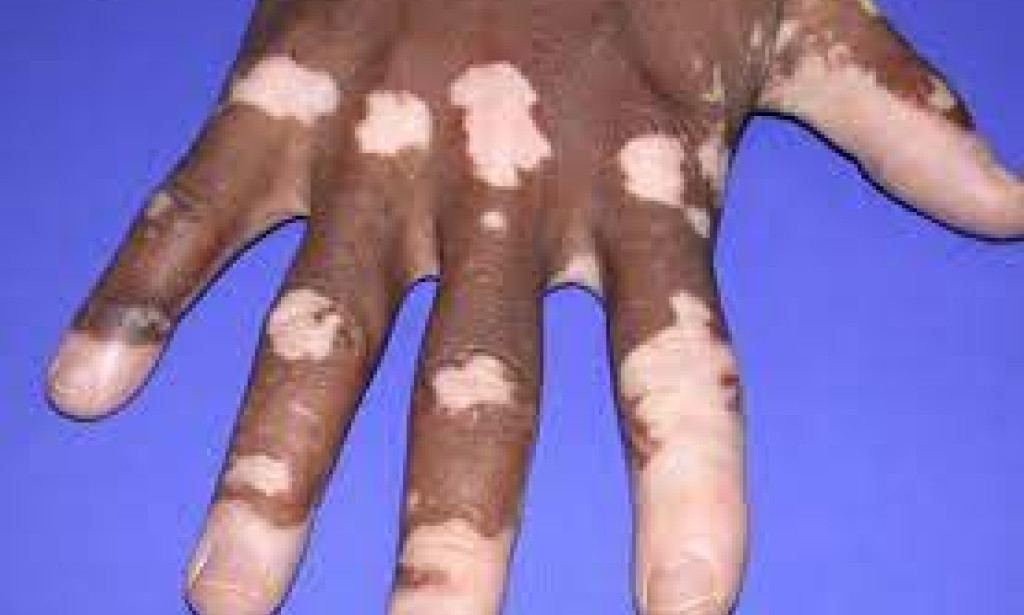Leprosy, also known as Hansen’s Disease, is a chronic bacterial infection that can cause disfiguring skin lesions, nerve damage and muscle weakness. It is caused by the bacterium Mycobacterium leprae and is most common in developing countries. Symptoms of leprosy include skin lesions, nerve damage, and muscle weakness. If left untreated, leprosy can lead to permanent disability and even death.
Leprosy is spread through contact with an infected person's nasal secretions and is most common in hot, humid climates. The disease can take anywhere from two to twenty years to manifest itself and can be difficult to diagnose. Treatment for leprosy includes a combination of antibiotics, anti-inflammatory medications, and surgery. Early diagnosis and treatment is essential for the most successful outcomes.
Leprosy can be prevented by avoiding contact with people who are infected and practicing good hygiene, such as washing hands regularly. Vaccines are currently being developed to prevent the spread of leprosy, however, these are not yet widely available. Additionally, public education on leprosy is essential for reducing the stigma associated with the disease and increasing awareness of the importance of early diagnosis and treatment.
The World Health Organization estimates that there are currently around 180,000 new cases of leprosy every year. This number is slowly declining, thanks to improved diagnosis and treatment, as well as better awareness campaigns. Despite this, leprosy still affects millions of people around the world and the stigma associated with the disease continues to be a major barrier to effective diagnosis and treatment.
Leprosy is a chronic bacterial infection that can cause disfiguring skin lesions, nerve damage, and muscle weakness. It is spread through contact with an infected person’s nasal secretions and is most common in hot, humid climates. Early diagnosis and treatment is essential for the most successful outcomes and can be achieved by avoiding contact with people who are infected, practicing good hygiene, and using vaccines. Public education on leprosy is essential for reducing the stigma associated with the disease and increasing awareness of the importance of early diagnosis and treatment.


You must be logged in to post a comment.